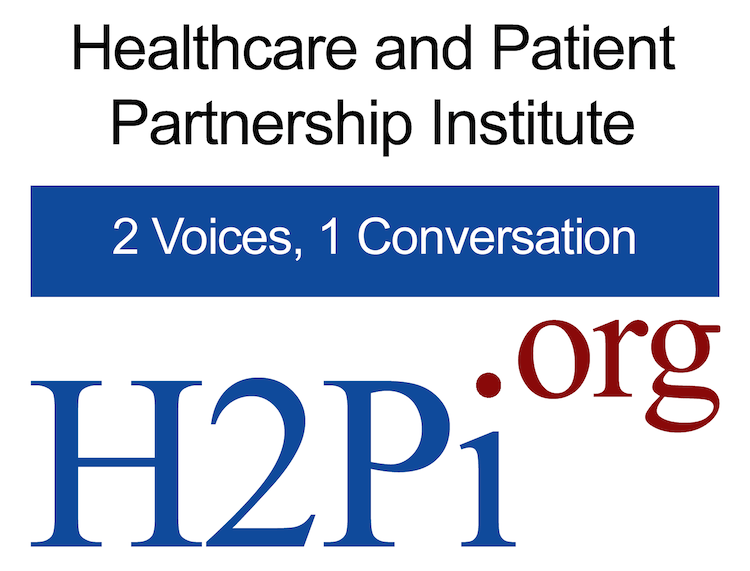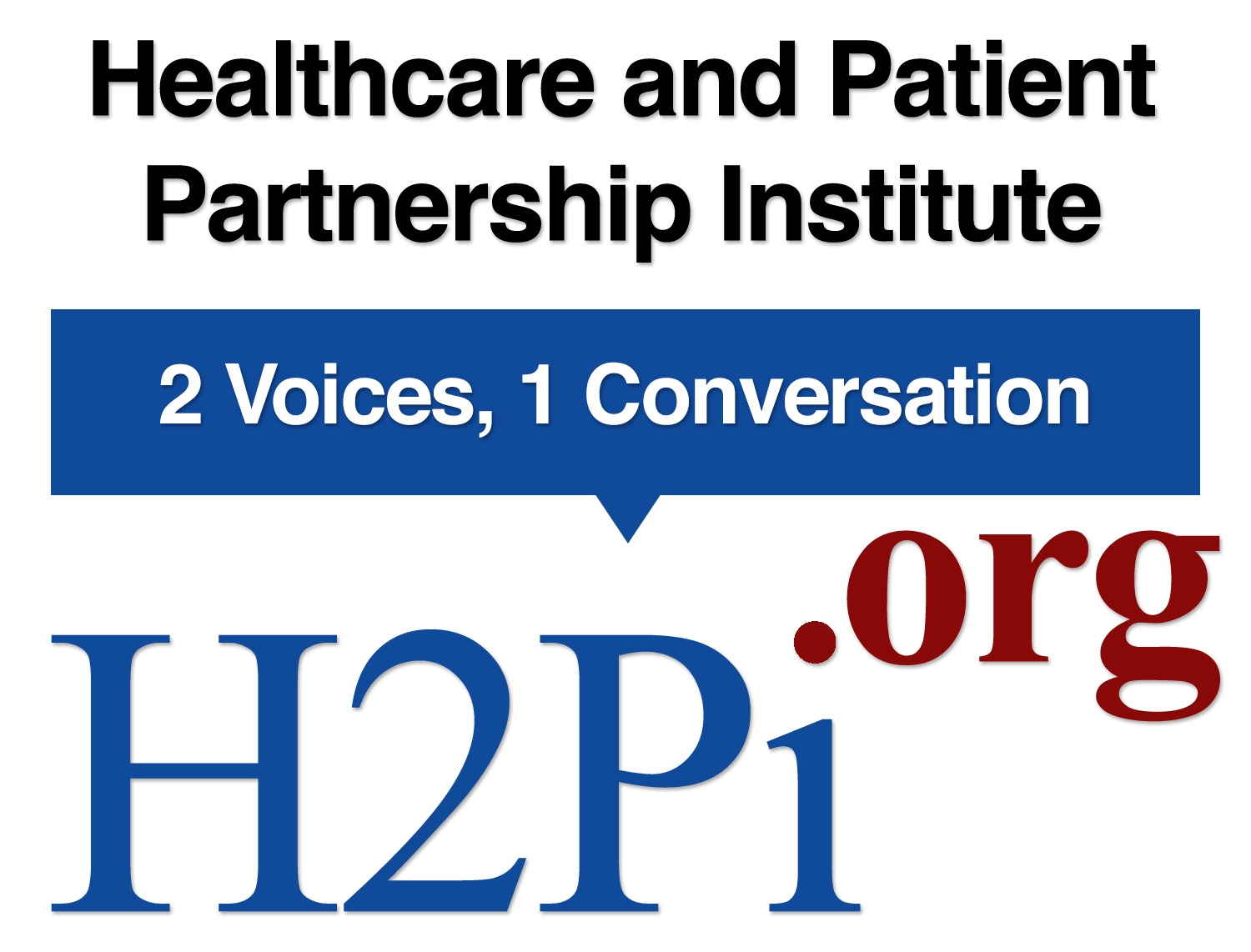The purpose of this module is to demonstrate proper communication with patients about procedures, including listening and answering questions and keeping them informed of what is happening and why.
Summary: A nurse informs a patient of the need of a catheter, what to expect, and how they can work together to reduce the risk of infection.
Key Points:
- Patients are not familiar with procedures that are every day occurrences for providers.
- Patients' fears and anxieties are relieved when they know what we are doing, why we are doing it, and how long it will last.
- Informed patients are our best partners in reducing risks of complication.
- Leaving key information behind after our time with the patient reinforces our message.
Questions to Consider:
- What important steps did the nurse take to inform the patient and relieve her anxiety
- What steps do you take that really help prepare patients for what's next for them?
- Are there barriers that you can identify that keep you from doing that batter?
The purpose of this module is to demonstrate proper discussion with patient regarding the prevention of falls,, including explaining risks and how the patient can help with prevention.
Summary: A nurse informs a patient that falls are serious and that he is at risk for falling, even though he doesn't think he is.
Key Points:
- Patients falls are serious, can lead to injuries, and are largely preventable.
- Patients' illnesses or injuries, and the treatment we provide, can increase the risk of falling.
- Patients and their families often underestimate their risk of falling.
- Informed patients and family members are our best partners in eliminating fall-related injuries.
Questions to Consider:
- All patients can fall, but what types of patients are at increased risk of falling?
- Does the patient remind you of anyone you have cared for? What steps should we take to help those patients understand their risk and become more cooperative?
- What can we do to leave reminders for patients and families so they will not increase their risk of falling?
The purpose of this module is to show the steps patients and providers can take to prevent medication errors, including using easy-to-understand language and providing clear instructions on how to take medications.
Summary: A doctor and a patient discuss the patient's medication history.
Key Points:
- Medical professionals use language that patients don't always understand.
- Medication lists sometimes don't provide clear information about how to take the medications, or why they are to be taken.
- Patient instructions sometimes are not clear about how to get help after the patient is discharged.
- A patient with an engaged and informed family member or caregiver has a better chance of being successful in managing their medications.
Questions to Consider:
- What tools do you use to help patients understand their medications, how to take them, and why they take them?
- Which tools work well and which tool do not
- What extra steps should we take to help patients be more successful in managing their medications?
- What kind of patients are at greater risk for failing to get their medications right?
The purpose of this module is to show that all staff members in the hospital can and do affect the care process, from the environmental staff to lab technicians to physicians.
Summary: A brief description of a culture of safety that addresses all aspects of care and includes everyone involved in the care process, especially the patient and their family members.
Key Points:
- Focusing on specific safety issues is helpful, but not nearly as effective, as creating a culture of safety.
- All areas of care where patients may be at risk for harm are involved.
- All members of the care team are involved and empowered to make improvements.
- The patients and their family members are our best partners, so we must invite them, inform them and empowered them.
Questions to Consider:
- If you are a patient, what would help you feel like you were part of providing for your safe and effective care?
- How can we engage the patient and family to improve the culture of safety?
- Who can be a leader in promoting safety?
The purpose of this module is to show that patients and their families want to be heard in the care setting and that they have valuable information to give.
Summary: Three stories from three real people who share from their hearts about their own experiences with hospitals, doctors and care providers.
Key Points:
- Patients want to be heard and they have valuable information to share.
- When we share information with patients and their families, they can participate in the care process and will be less afraid.
- Health care providers sometimes retreat from patients when things aren't going well, just when they need us most.
Questions to Consider:
- Can you recall a time when you or your family member was a patient?
- Were the doctors and nurses good listeners
- Was the information they shared helpful in knowing what they were doing and why?
- Did these stories remind you of experiences you have had as a provider?
- What will you do to listen and understand?
The purpose of this module is to enforce the message that patients may be unsure and scared during their hospital stay; proper communication and teamwork can alleviate these fears.
Summary: A patient and several health care providers share their concerns about safety, and promise to make a difference by promoting Safety Across the Board.
Key Points:
- Patients understand that the tasks we do and the procedures we perform are important.
- Patients are not always comfortable speaking up when they have questions or concerns.
- Members of the health care team can perform better if they focus on the patient instead of the task.
- Every member of the team can improve care and reduce harm by committing to create a culture of Safety Across the Board.
Questions to Consider:
- How should we help everyone involved in the care of the patient focus on safety?
- How do we best help patients know that it is okay to speak up?
- Do these stories remind you of someone you know who already is committed to making a difference?
- How will you make a difference?
Patient-and-family-centered care is more than an initiative. It is the core of the health care organization. Patients and families are partners in decision-making, providing input at the point of care, in process and governance. You know when patient-and-family-centered care is the organization's culture when it is everyone's role and responsibility and it is embedded in its foundation.
Summary: A clinical scenario demonstrates the importance of responding appropriately to a patient's perception of pain.
Key Points:
- Patients perceive pain differently.
- Providers respond to patients' perception of pain differently.
- Providers must not dismiss patients' complaints of pain.
- Pain that is beyond "normal" is often an indicator of a developing complication.
Questions to Consider:
- Would you have advice to share if the nurse in the story were your teammate?

